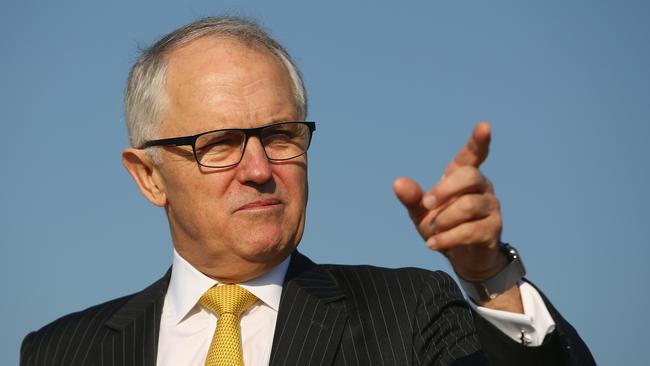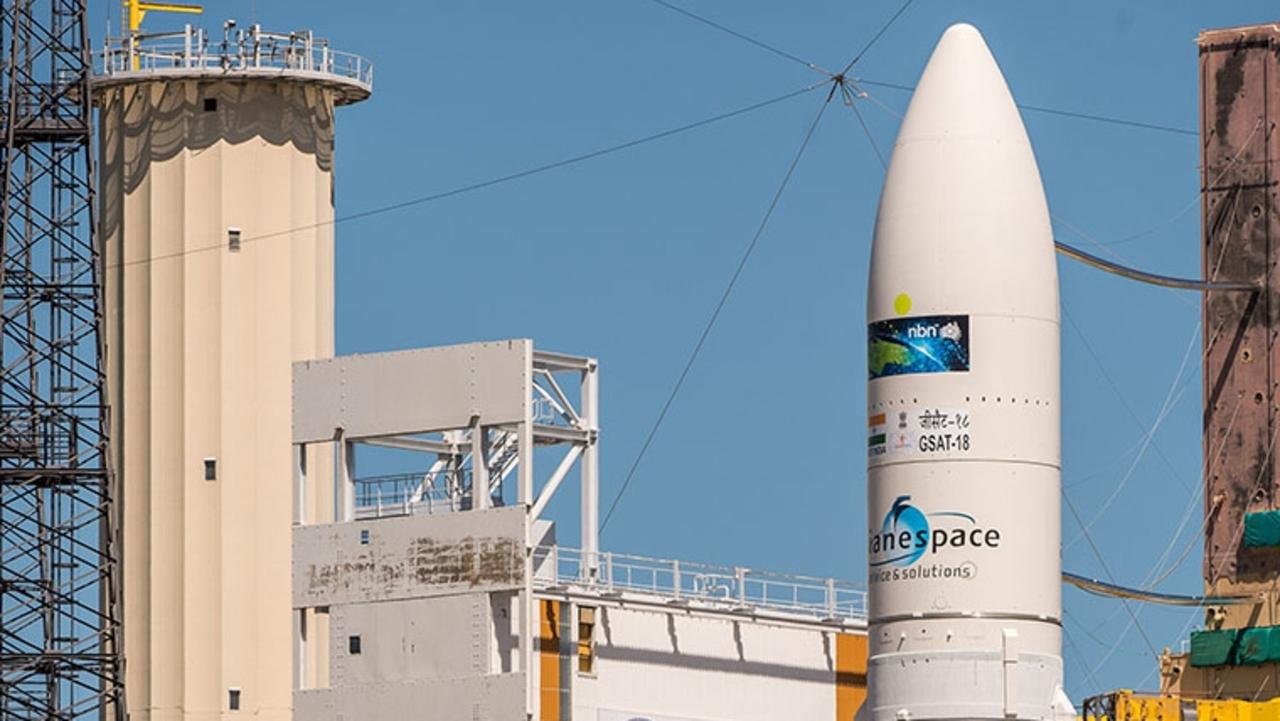The NBN needs up to an extra $26.5 billion to complete the network
NBN Co today revealed it needs up to a further $26.5 billion to finish connecting the network, while currently only 1 in 10 people have access.

THE National Broadband Network today has said the company will run out of government funding by 2017 and will need to raise up to $26.5 billion from private sector sources to complete the network rollout by 2020.
Originally estimated to cost $41 billion to construct, the price tag has now blown out to between $46 billion and $56 billion, with the likely cost sitting at around $49 billion.
The government has committed $29.5 billion to construct the NBN, meaning the NBN Co will need to raise money from next year to make up for it.
Although, the company says that for the first time since beginning the project, it is now able to accurately account for construction costs, which hopefully means there won’t be any more cost blowouts.
“For example, in 2013 the previous management of the NBN published an actual average cost of $2200 to $2500 to connect each premises via FTTP,” the NBN said in a release.
“The average cost to connect FTTP was never $2200 to $2500 — not then and not now. The average cost has been over time fairly consistent. As at 30 June, the actual cost was $3632 in direct capex and $4387 including lease costs.”
Despite this, the NBN admitted it still wasn’t able to test the quality of Telstra’s existing copper network, which is the basis of about 38 per cent of their new network, which means it could cost even more to repair if the ageing wires aren’t found to be up to scratch.
To throw further salt in the taxpayers’ wounds, only 1 in 10 people currently have access to the national broadband market. And of the 37,200 premises which the NBN had forecasted to be ready to be connected to its FTTN network when it goes live next month, NBN watcher Kenneth Tsang revealed that just 2100 will be ready.
This massive cost blowout also comes despite the fact that the number of homes now being connected to the faster fibre-to-the-premises technology has dropped to 2.5 million, down from the 3.1 million that the NBN predicted last year.
This means that about 20 per cent of premises will get FTTP, 38 per cent will get FTTN and 34 per cent will use the HFC cables which currently supply existing cable internet services and Foxtel.
Communications Minister Malcolm Turnbull defended the costs to journalists, claiming that the original plan of rolling out fibre-to-the-premises would still have cost significantly more.
This is around $30 billion less than the route the Labor Party set its party on. The $30 billion differential is still there,” Turnbull said.
“The reality is that under the previous Labor government, neither the company nor the government knew what it would cost or how long it would take to do the project.”



